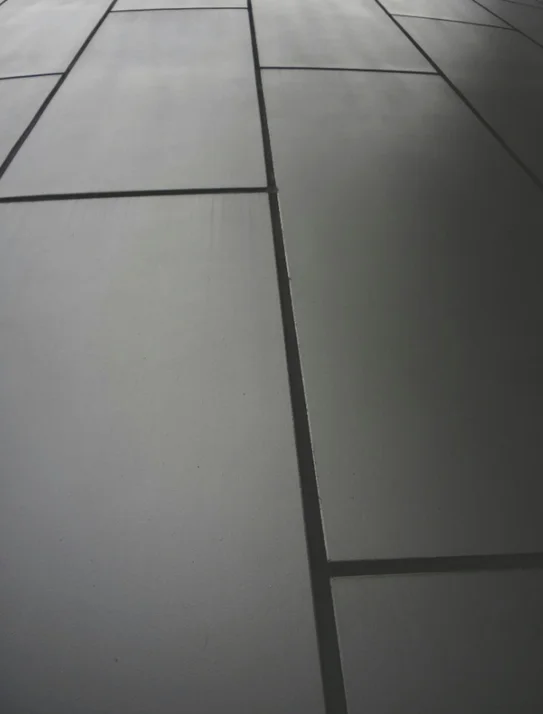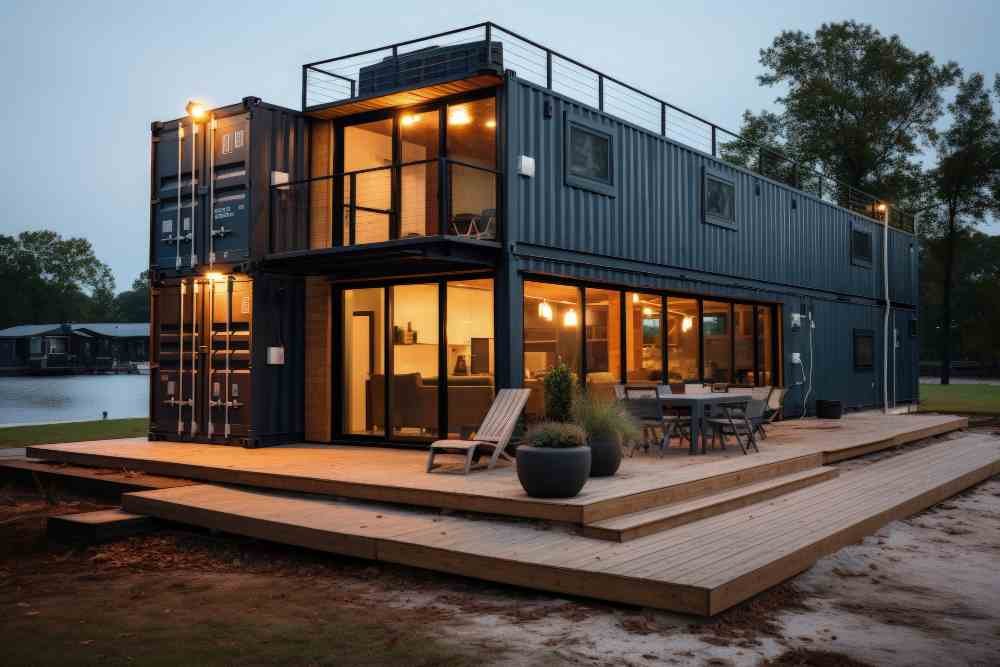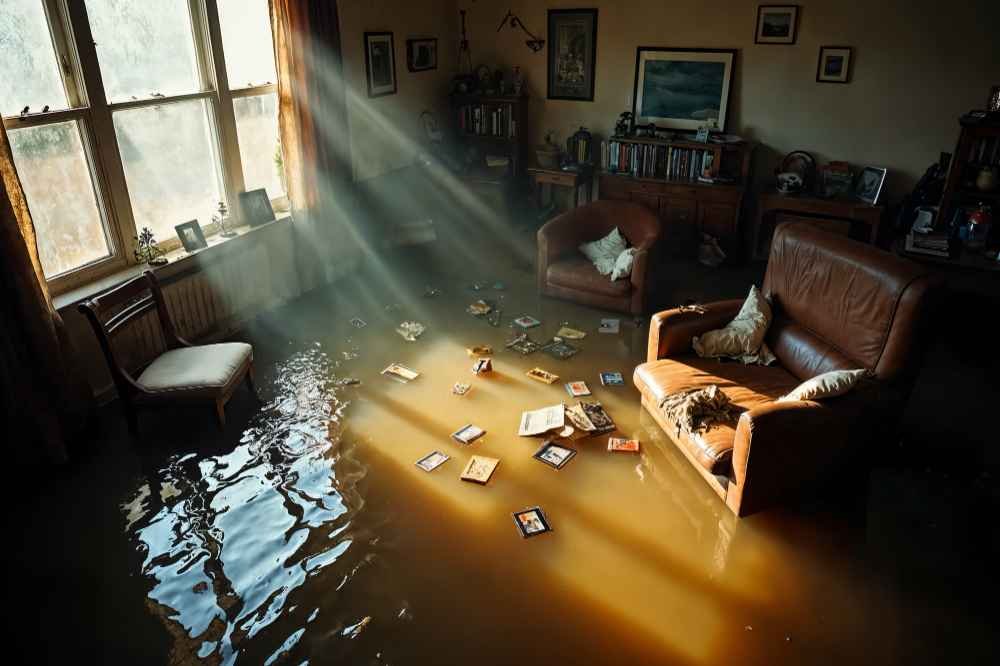When people think of concrete, they often imagine sidewalks, driveways, or plain grey floors. But today, concrete is used in beautiful and creative ways inside homes, offices, and public spaces. With the right design skills, you can turn ordinary concrete into something polished and eye-catching.
Whether you’re looking for a new hobby or a job skill, learning concrete design can be both fun and useful.
Why Learn Concrete Design?
Concrete design is more than pouring and drying. It’s about using colors, textures, and patterns to create stunning surfaces. People everywhere are choosing decorative concrete for kitchen floors, patios, and even countertops. That means there’s a growing need for skilled workers and creative minds in this field.
Learning these skills can open the door to job opportunities, side projects, or even starting your own business. Best of all, it’s something you can learn step-by-step.
Basic Skills to Get Started
Once you’re equipped with the right tools, you can start learning fundamental techniques that can transform surfaces effectively. Here are some basics to consider:
Mixing and Pouring
Before you can design with concrete, you need to understand how to work with it. Learn how to mix concrete with the right water ratio, pour it evenly, and let it cure properly. This is the base for all your future designs.
Surface Preparation
The surface must be clean and level before applying any design. This includes grinding rough spots and removing dust or oil. A smooth surface helps your design last longer and look better.
Coloring Techniques
You can color concrete in many ways. Staining adds deep, rich tones. Dyes offer brighter colors. There are even color hardeners that are mixed in before pouring. Learning to blend colors well will make your designs stand out.
Stamping and Texturing
Concrete can look like brick, stone, wood, or tile by using stamps. You press the stamp into the wet surface to create patterns and textures. It’s a great way to add style and depth to any floor.
Polishing and Sealing
Once your design is done, polishing smooths the surface to a glossy finish. Sealing protects it from stains, water, and wear. A good polish and seal make your work shine-literally!
Where to Learn These Skills
You don’t need to go to a big school to learn concrete design. Many local workshops, community colleges, and online programs offer short courses. One great option is decorative concrete flooring training, where you can learn directly from experts. These hands-on classes teach you real-world skills and tips that you can use right away.
Look for programs that offer practice time and cover safety, tools, and materials. Some courses even help with job placement or business tips if you’re looking to grow in the field.
Tools You’ll Need
To get started with concrete design, you’ll need a few basic tools:
- Trowels and floats for spreading
- Color stains or dyes
- Stamps or texture mats
- Grinders and polishers
- Sealers and safety gear
As you advance, you may add specialty tools, but these basics are enough to begin learning and practicing.
Design Skills: Start Creating with Concrete Today
Concrete doesn’t have to be dull. With the right design skills, it can be bold, beautiful, and even artistic. Whether you’re looking to build a career, start a business, or learn something new, concrete design offers plenty of opportunities.
Take the first step and sign up for a class or workshop. The path from plain to polished begins with learning and a little creativity.
Stay ahead-explore our trending articles now!







